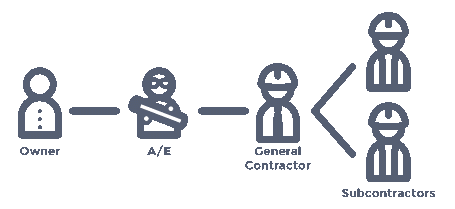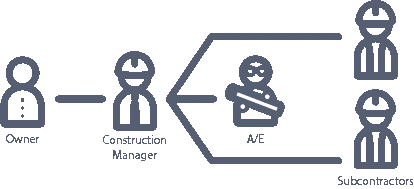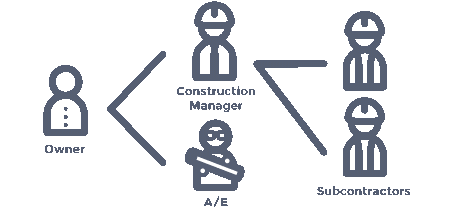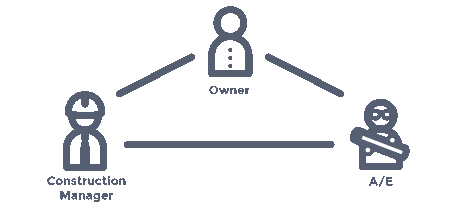Project Delivery Methods - Artin Engineering & Design
Galabet
Portobet
Deneme Bonusu
Galabetguncelgirisi
Galabetonlinecasino
Galabetonlineslotoyna
io games unblocked
unblocked games
google sites
fnaf unblocked github
yohoho unblocked
github.io unblocked games
krunker.io
drive mad
1v1.lol
classroom 6x unblocked
io games unblocked
io games
melbet
megapari
1win giriş
melbet giriş
melbet giriş
melbet
melbet giriş
onbahis giriş
megapari
Kilit taşı fiyatları
Kilit taşı
Parke taşı
Parke taşı fiyatları
Bakırköy evden eve nakliyat
Bakırköy nakliyat
Bakırköy nakliye
Tuzla evden eve nakliyat
Tuzla nakliyat
Pendik evden eve nakliyat
Pendik nakliyat
Maltepe evden eve nakliyat
Ataşehir evden eve nakliyat
Beykoz evden eve nakliyat
Acıbadem evden eve nakliyat
Bahçeşehir evden eve nakliyat
Evden eve nakliyat
nakliyat
İstanbul evden eve nakliyat
Şehirler arası nakliyat
Eşya Depolama
Çekmeköy nakliyat
Eşya depolama
Bahçeşehir evden eve nakliyat
Sancaktepe evden eve nakliyat
Esenler evden eve nakliyat
Göztepe evden eve nakliyat
Bakırköy evden eve nakliyat
Bakırköy nakliyat
Esenler nakliyat
Esenler Evden Eve Nakliyat
Şişli evden eve nakliyat
Başakşehir evden eve nakliyat
Maltepe evden eve nakliyat
Maltepe evden eve nakliyat
Free Porn
hentai anime sex von teenager auf xvix.eu
tovuti mtandaoni yenye picha za xx na ngono ya watu wa rangi tofauti kati ya mwanamume mweusi na mwanamke mweupe
tovuti bure mtandaoni na video za ngono amateur na hardcore ngono
ilmainen sivusto verkossa englanti hentai fetish seksivideolla ja intohimoisella pillua nuolemalla
สาวเอเชียออกเดทออนไลน์และร่วมเพศในป่าบนเว็บไซต์ลามกที่ดีที่สุด teensexonline.com
online site of dr doe porn video where the big tits doctor get fucked deep in mouth and pussy
most hardcore amateur interracial sex videos with women that get drilled deep in ass and pussy
tovuti mtandaoni yenye picha za xx na ngono ya watu wa rangi tofauti kati ya mwanamume mweusi na mwanamke mweupe
tovuti bure mtandaoni na video za ngono amateur na hardcore ngono
ilmainen sivusto verkossa englanti hentai fetish seksivideolla ja intohimoisella pillua nuolemalla
สาวเอเชียออกเดทออนไลน์และร่วมเพศในป่าบนเว็บไซต์ลามกที่ดีที่สุด teensexonline.com
online site of dr doe porn video where the big tits doctor get fucked deep in mouth and pussy
most hardcore amateur interracial sex videos with women that get drilled deep in ass and pussy
noe som gir en fantastisk blow job fanget
bure ngono tovuti ngono na Interracial Porn Video Kwa Kura ya kutomba Horny
ฟรีผู้หญิงออกเดทออนไลน์เพื่อร่วมเพศทางปากและมีเพศสัมพันธ์ทางปากเช่นเดียวกับการอมลึกคอหอย
trang web hẹn hò trực tuyến nơi người đàn ông trưởng thành đụ cô gái còn trinh trong âm hộ ướt át và chặt chẽ của cô ấy
enjoy the most exciting amateur blowjob deepthroat with balls licking and rimming
bure ngono tovuti ngono na Interracial Porn Video Kwa Kura ya kutomba Horny
ฟรีผู้หญิงออกเดทออนไลน์เพื่อร่วมเพศทางปากและมีเพศสัมพันธ์ทางปากเช่นเดียวกับการอมลึกคอหอย
trang web hẹn hò trực tuyến nơi người đàn ông trưởng thành đụ cô gái còn trinh trong âm hộ ướt át và chặt chẽ của cô ấy
enjoy the most exciting amateur blowjob deepthroat with balls licking and rimming
evden eve nakliyat ücretleri
eşya depolama
uluslararası evden eve nakliyat
istanbul izmir şehirler arası evden eve nakliyat
istanbul izmir evden eve nakliyat
istanbul bodrum evden eve nakliyat
istanbul fetihye evden eve nakliyat
istanbul izmir şehirler arası evden eve nakliyat
istanbul izmir evden eve nakliyat
istanbul bodrum evden eve nakliyat
istanbul fetihye evden eve nakliyat
Antalya escort
Antalya escort
Belek escort
deneme bonusu
deneme bonusu veren siteler
İstanbul İzmir nakliyat
İstanbul İzmir evden eve nakliyat
ümraniye evden eve nakliyat
ümraniye nakliyat
kağıthane evden eve nakliyat
kağıthane nakliyat
çekmeköy nakliyat
çekmeköy evden eve nakliyat
deneme bonusu veren siteler
deneme bonusu
1win
1win
1win
melbet
megapari
megapari
Ankara Escort
Ankara Escort
https://teensexonline.com
https://zh.djav.org/video/性爱场面和巨大的射液无尽-197.html
https://vi.xvix.eu/search/tik+tok+sex/
https://de.xnxxporns.com/search/poenhub/
https://de.bestporn2022.com/search/xxxporno/
https://it.bestporn2023.com/search/tik+tok/
https://he.bigassmonster.com/video/שני-בני-נוער-מזדיינים-בתשוקה-ב-69-תנוחות-על-מיטת-ההורים-323.html
https://jv.only-brunettes.com/video/😎-panas-2021-inggris-subtitle-anime-kanthi-pelacur-mesum-pamer-susu-sing-ngadeg-lan-ngemis-supaya-bajingan-banget-1836.html
https://he.onlyteens.porn/video/נער-ברזילאי-חובב-מקיים-יחסי-מין-עם-הרבה-ליקוקי-כוס-850.html
https://he.teensexonline.com/video/אני-והחברה-הדו-מינית-שלי-כל-כך-אוהבים-ללקק-כוס-שאנחנו-משתתפים-בתחרות-ליקוקי-כוס.-2115.html
https://vi.xvix.eu/search/tik+tok+sex/
https://de.xnxxporns.com/search/poenhub/
https://de.bestporn2022.com/search/xxxporno/
https://it.bestporn2023.com/search/tik+tok/
https://he.bigassmonster.com/video/שני-בני-נוער-מזדיינים-בתשוקה-ב-69-תנוחות-על-מיטת-ההורים-323.html
https://jv.only-brunettes.com/video/😎-panas-2021-inggris-subtitle-anime-kanthi-pelacur-mesum-pamer-susu-sing-ngadeg-lan-ngemis-supaya-bajingan-banget-1836.html
https://he.onlyteens.porn/video/נער-ברזילאי-חובב-מקיים-יחסי-מין-עם-הרבה-ליקוקי-כוס-850.html
https://he.teensexonline.com/video/אני-והחברה-הדו-מינית-שלי-כל-כך-אוהבים-ללקק-כוס-שאנחנו-משתתפים-בתחרות-ליקוקי-כוס.-2115.html





